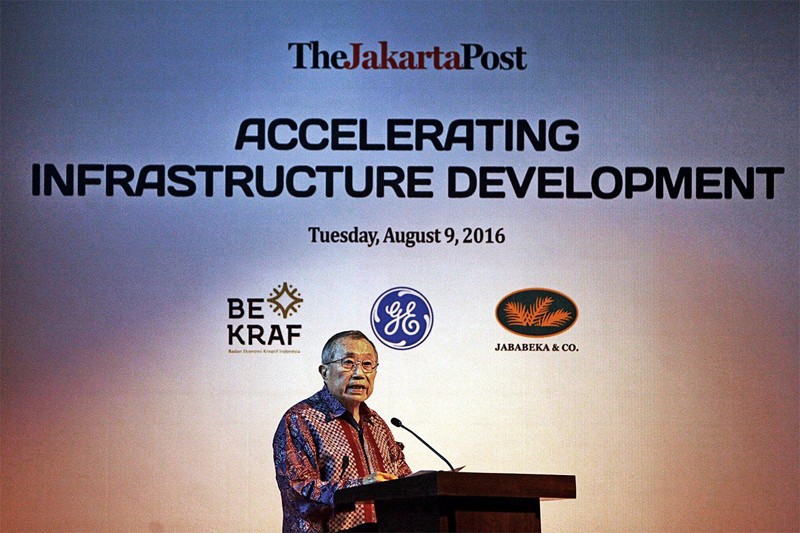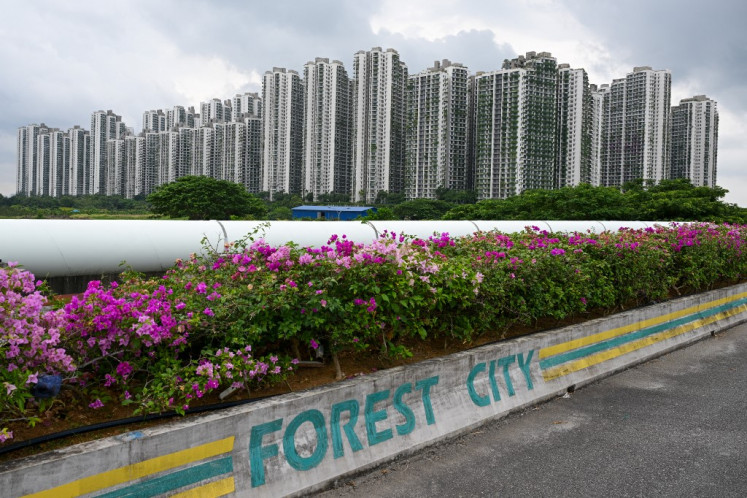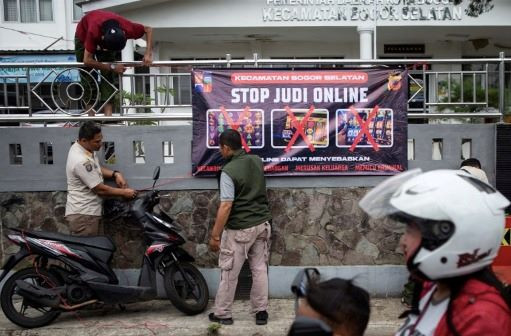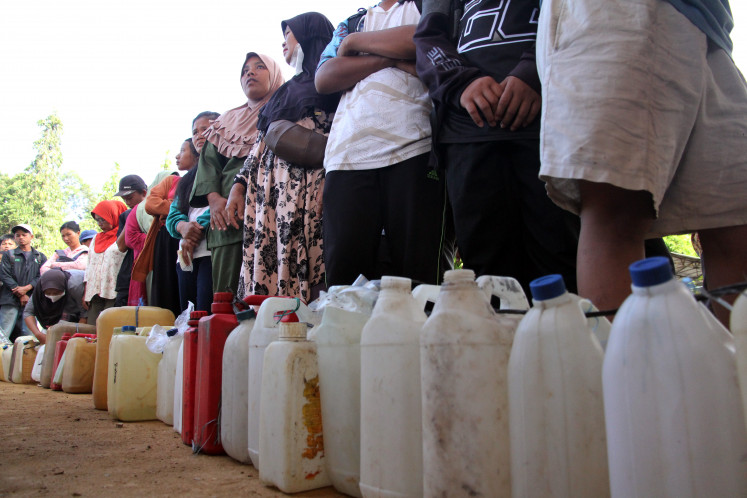Popular Reads
Top Results
Can't find what you're looking for?
View all search resultsPopular Reads
Top Results
Can't find what you're looking for?
View all search resultsInsight: Refugees in their midst: Challenges for Australia and Indonesia
Change text size
Gift Premium Articles
to Anyone
D
uring the administration of prime minister Tony Abbot, the Australian government rejected the boat people who tried to reach the country. Indonesia was taken aback by this policy. Indonesia did not expect to see this action by Australia because at the end of the 1970s and in the early 1980s, it learned from what was then a magnanimous Australian government how to handle the Indochinese refugees who flocked to some places in Indonesia.
It was Australia that supported an initiative to set up a temporary processing center on Galang Island to accommodate the boat people before they were admitted to the last asylum countries like Australia itself, the US, Canada and France. Altogether, Indonesia managed to process tens of thousands of refugees.
To Indonesia’s surprise, the processing centers that Australia set up in Nauru and on Manus Island, Papua New Guinea, where about 1,500 refugees stay, got negative media reporting. The refugees are not going to be accepted either by Australia or other possible asylum countries. The media carried negative stories on the maltreatment the refugees, especially children, endured at those two places.
During a recent trip to Australia on the invitation of the Council for Security Cooperation in the Asia Pacific (CSCAP) Australia, I asked my Australian friends about the problems and why Australia handled them differently than how it had previously advised the Indonesian government to handle Indochinese refugees. After some discussions that involved some immigration officers, I got a better understanding of the problems and appreciated what the Australian government had done with refugees in general. Dealing with refugees is quite a challenge for Australia and for any country.
Meanwhile, there is a feeling of refugee fatigue with more than 60 million spread around the world, mainly in the Middle East, northern Africa and Europe. The United Nations High Commissioner for Refugees (UNHCR), which played a central role when Indonesia was to handle the boat people from Indochina, has now been completely overburdened and I have to admit that the existing regional cooperation at this stage is barely adequate.
The Bali Processing Center, for one, has yet to focus more on real policies, cooperation and actions. That should become a common program between Australia and Indonesia and between Australia and ASEAN. That this kind of joint humanitarian activities has not materialized is indicative that the bilateral relations between them remain incomplete and lack empathy. A remedial step is called for in addition to the many new strategic challenges in East Asia that both countries have to face. Common concern for humanitarian assistance merits more serious attention.
The following figures give an overall view of the situation:
The permanent migration ceiling is 190,000 (slightly higher in 2015/2016 with the main sources being India and China), comprising 68 percent skilled migrants and 38 percent family reunions.
The humanitarian intake target (additional to the figure above) is 13,750.
Humanitarian places provided in response to the Syrian and Iraqi crises is 12,000.
The illegal migration legacy caseload (i.e. illegal arrivals in Australia) is 30,000, mostly in the community but subject to status determination, and about 1,600 are in detention in Australia.
The number in the regional processing center in Nauru on Manus Island is about 1,500.
All those in Categories 1, 2 and 3 have been subject to formal assessments and have been granted visas as a result. Those in Category 4 are subject to processing and, if they do not meet the criteria, will be subject to deportation. In the meantime they are receiving medical aid, education and other support from the Australian government. Those in Category 5 will not be admitted to Australia.
The Australian government also provides substantial funding to support off-shore and some related regional and international bodies, including the UNHCR and International Organization for Migration (IOM). Overall, it is a remarkable generosity to and solidarity with the plight of refugees worldwide and regionally in East Asia. It is obvious that Category 5 is meant to show to the refugees’ countries of origin that there are limits to Australia’s ability to accept them all and that there is no compromise.
But the handling of them in those camps can definitely be improved.
The current problem leads the region to an uneasy situation but it will survive nonetheless. However, in the event that the region may have to face bigger humanitarian problems in the future, obviously a more robust and permanent regional cooperation is needed. The refugee composition to Southeast Asia and Australia is of the Rohingyas from Myanmar, from Sri Lanka, Afghanistan and the Middle East (especially from Syria). If, God forbid, a major political crisis does happen in ASEAN, then there could be a real calamity like what the region had with the boat people from Indochina more than 30 years ago.
In the case of Indonesia, in response to the UN secretary-general’s appeal for humanitarian assistance to Syrian students, the government will take 100 of them from Europe, to be given a chance to study in universities across Indonesia in accordance with their interests and backgrounds. Living costs and stipends will be provided as well.
This is a good start and Indonesia can also provide education to the children of refugees already in Indonesia. Participation of the community should be encouraged as the state budget has to suffer from necessary cuts resulting from an economic slowdown.
In addition, the Indonesian Red Cross (PMI) under Vice President Jusuf Kalla can help coordinate programs with the government. If ever there was a humanitarian program in which Indonesia had done well, it was helping the boat people of Indochina through the Galang Island Processing Center.
Australia was very much an important counterpart, which took up quite a number of refugees as the last asylum country and gave assistance to the PMI in managing the processing centers. It may be high time for Indonesia and Australia to create a regional cooperation body to coordinate programs and activities as a further step to the Bali Processing Center and ASEAN should be part of the efforts.
_________________________
The writer is vice chair of the Board of Trustees of the CSIS Foundation.










